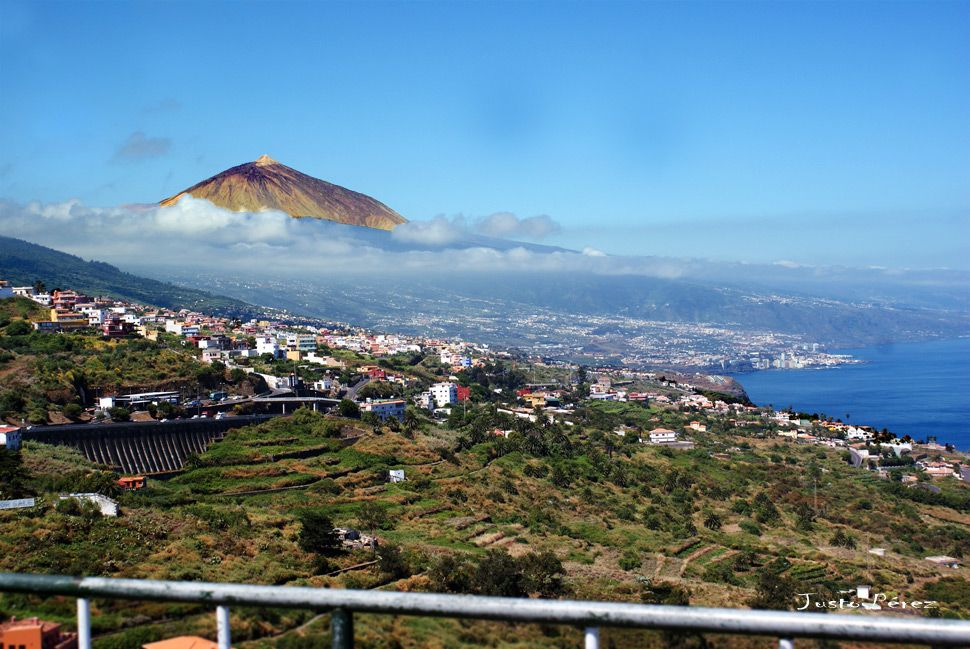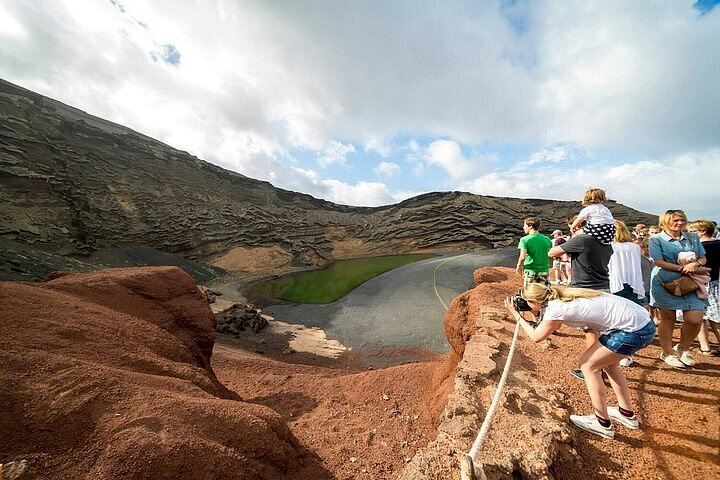The Canary Islands are a captivating Spanish archipelago in the Atlantic Ocean, located off the northwest coast of Africa. Famous for their volcanic landscapes, year-round sunshine, and unique cultural identity, the islands offer an irresistible mix of adventure, relaxation, and authenticity. From Tenerife’s towering Mount Teide to the golden dunes of Fuerteventura and the lava fields of Lanzarote, the Canaries are a paradise for travelers seeking both nature and comfort.

Where Are the Canary Islands?
The Canary Islands lie approximately 100 kilometers west of Morocco and 1,300 kilometers south of mainland Spain. Despite their African geography, the islands are an integral part of Spain and the European Union. The archipelago consists of seven main islands and several smaller islets, each with its own distinct character.
- Tenerife – The largest and most populated island, home to Mount Teide and vibrant nightlife.
- Gran Canaria – Known for its diverse microclimates and scenic mountain villages.
- Lanzarote – A UNESCO Biosphere Reserve with surreal volcanic landscapes and eco-architecture.
- Fuerteventura – A windsurfing paradise with long sandy beaches and crystal-clear water.
- La Palma – The “Isla Bonita” or “Beautiful Island,” ideal for hiking and stargazing.
- La Gomera – Lush forests, ancient laurel trees, and the whistling language “Silbo Gomero.”
- El Hierro – The smallest island, pioneering 100% renewable energy initiatives.
History & Cultural Heritage
The islands’ history stretches back thousands of years. Originally inhabited by the Guanche people, a Berber-descended civilization, the Canaries were later colonized by Spain in the 15th century. Today, their culture blends Spanish traditions with African and Latin American influences — evident in the music, food, and relaxed island lifestyle.
Traditional festivals, colorful carnivals, and folk music are central to Canarian identity. The Carnival of Santa Cruz de Tenerife rivals Rio de Janeiro’s for its spectacular costumes and parades.

Nature & Landscapes
The Canary Islands are of volcanic origin, resulting in some of the most dramatic scenery in the world. The terrain shifts from black lava fields to golden beaches, from lush forests to barren deserts — all within a few hours’ drive.
- Mount Teide National Park (Tenerife): Spain’s highest peak and a UNESCO World Heritage Site.
- Timanfaya National Park (Lanzarote): A surreal volcanic landscape formed by 18th-century eruptions.
- Garajonay National Park (La Gomera): Ancient laurel forests preserved since prehistoric times.
- Caldera de Taburiente (La Palma): A vast crater surrounded by waterfalls and hiking trails.

Climate & When to Visit
Known as the Islands of Eternal Spring, the Canaries enjoy mild, sunny weather throughout the year. Temperatures rarely drop below 18°C in winter or rise above 30°C in summer, making them an all-season destination.
- Average temperature: 22°C (72°F)
- Best time to visit: November–May for hiking, May–September for beaches
- Water temperature: 20–24°C
Read our Canary Islands Weather guide for month-by-month travel insights.
Culture & Local Life
Life in the Canary Islands moves at a gentle rhythm. Residents value hospitality, good food, and family gatherings. Local cuisine reflects the islands’ diverse influences — from Spanish tapas to African spices and tropical fruits.
- Try papas arrugadas (wrinkled potatoes) with mojo sauce — a Canarian classic.
- Sample local wines from volcanic soil vineyards in Lanzarote and Tenerife.
- Enjoy folk music festivals where the timple (a small guitar) leads the melody.
Economy & Sustainability
Tourism is the main economic driver, but the Canaries are also advancing in renewable energy and environmental protection. Islands like El Hierro and La Palma have pioneered sustainable energy systems and eco-tourism models that balance growth with conservation.
Learn more in our Sustainable Tourism in the Canary Islands guide.
Travel Essentials
- Currency: Euro (€)
- Language: Spanish (Canarian dialect)
- Driving: On the right-hand side
- Electricity: 230V, Type F plugs
- Entry: Schengen visa or EU ID for European travelers
Where to Go Next
- Top Destinations in the Canary Islands
- Canary Islands Fast Facts
- Transportation Guide for the Canary Islands
With their unique fusion of nature, culture, and hospitality, the Canary Islands embody the best of Spain’s diversity. Whether you come to hike, surf, photograph volcanoes, or simply relax by the sea, you’ll find an island that feels perfectly your own.
